A thorough explanation of the basics of e-learning, how it works and how to use it! [2020-2021]
A thorough explanation of the basics of e-learning, how it works and how to use it! [2020-2021]
My name is Kidaoka and I'm in charge of marketing. In this article, I explain the basics of e-learning and how it works in an easy-to-understand way.
What exactly is e-learning? From the basics of what e-learning is, to the history and development of e-learning, we've got the details!
"I want to learn and use e-learning!This article is for those of you who are wondering.
When you hear the word e-learning, ......
"It looks kind of hard, it looks complicated to set up, can I do it myself?"You may be worried.
Let's use this article to learn the basics of e-learning and how it works, together!
Content
- 1. What is e-learning?
- 2. History of e-learning
- 3. Learning Management System (LMS) supporting e-learning
- 4. Summary
What is e-learning?
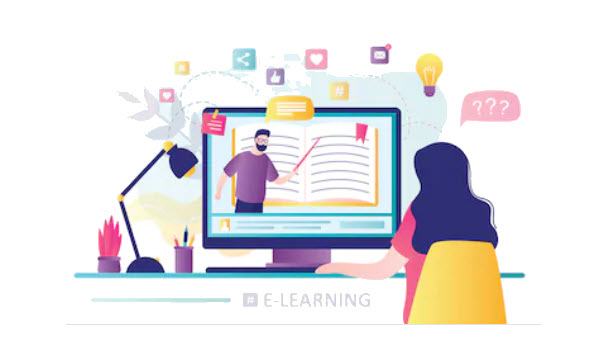
E-learning is the process of learning through the use of electronic devices such as computers and smartphones and the Internet."This is a learning system that allows you to improve your skills at your own pace, without being restricted by time or place.
What is e-learning?electronic learningIt is an abbreviation of"A form of learning that uses a variety of devices, including computers, smartphones, and tablets."and refers to an educational method in which learning is made electronic.
Today, e-learning has a strong online learning image, but originally it was generally "offline learning" that combined content stored on CD-ROMs, DVD-ROMs, and other recording media.
The beginning of the history of e-learning
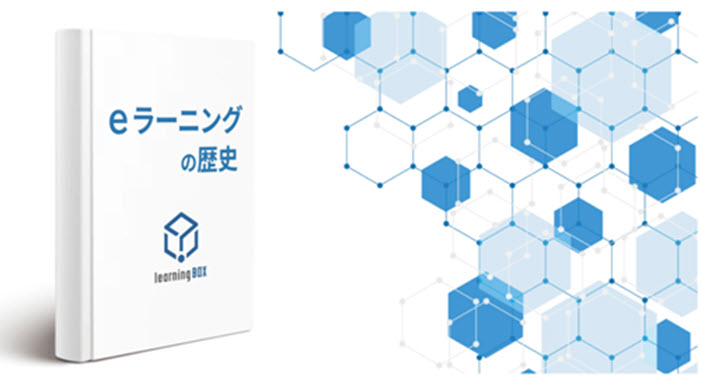
The origins of e-learning can be traced back to the 1950s when CAI, a"Can't we use computers to support education?"This idea led to the start of development, mainly in the United States.
The development of computer-based learning systems has been going on since the 1950s, but at that time they were still not widely recognized or known by the public.
At the time, e-learning, which is now commonplace, wasComputer Assisted Instruction (CAI or WBT )It was called something like
CAI (computer-assisted instruction or computer-aided instruction)
CAI is composed of three components: information science (information theory) based on pedagogy (educational technology) and learning theory (learning psychology).
This concept, which is the basis of today's e-learning, was utilized for the purpose of using computers "for school education and training.
⇒(Later, to WBT)
Research on CAI in Japan began in the 1960s, and a pioneering system was put to practical use in the 1970s, but it failed to spread to general educational institutions because of the strong functions of individual systems tailored to customer specifications and the lack of flexibility of the system.
WBT (Web Based Training)
WBT refers to a system that enables learning by distributing educational materials through computers and other devices connected to the Internet.
WBT has evolved to the point where not only learning history, but also teaching materials and programs can be managed collectively on a server.
Features of ▼WBT
Through the Internet, individual learners can view teaching materials, take tests, etc.
Not bound by geographical or time constraints
Consists of a combination of educational materials and a Learning Management System (LMS) that manages learner history
With the development of WBT and other technologies, the expression "e-learning" appeared in the 1990s. e-learning was initially limited to learning on computers in companies, schools, and homes. However, in response to the advancement of IT infrastructure and the rapid spread of smartphones and tablet devices, it became possible to study on mobile devices at any place and time.
History of e-learning
The first use of the term e-learning was at TechLearn 1999, held in Florida, USA, in November 1999. For the first time, the term e-learning was used to describe what had been called CAI, WBT, online learning, distance learning, and many other names.
| History of e-Learning | Movements in the world |
| 1950s. Started in the U.S. | "The idea that computers could be used to support education led to the development of this technology, mainly in the United States. |
| 1950s. Introduction and release of Windows 95 |
"With the development and spread of personal computers, learning methods using CD-ROMs as teaching materials progressed. |
| 2000s. In earnest in Japan. |
In 2000, the then Mori Cabinet launched the e-Japan Concept, which aimed to create a Japanese-style IT society. |
| The 2000s. Spread of smartphones and tablets |
From the latter half of the 2000s, smartphones such as the iPhone and Android, and even larger tablet devices appeared, and e-learning changed even more drastically. |
| 2020s. Corona disaster leads to rapid market growth | Due to the spread of the new coronavirus infection, tele-learning at schools and telecommuting at companies are rapidly advancing. |
The year 2000 was a time of great change in Japan. In 2001, the Japan E-Learning Consortium, a non-profit organization, was established and began a full-scale project to promote the spread of e-learning.
The catalyst for the widespread adoption of e-learning was the release of Windows 95 in 1995.
The advent of Windows 95 changed the history of e-learning, and was the catalyst for the spread of computer-based learning and training throughout the world.
With the advent of e-learning, our learning has gone from analog to digital

With the advent and evolution of e-learning, theLearners can improve their skills 24 hours a day, 7 days a week, whenever they want, without worrying about who is watching.It is now possible to
Before digital devices became commonplace, it was commonplace for our learning and training to take place in the form of so-called group classes and group training.
With so many learners in one place, distributing the tests, grading them, and even checking their progress, it was all very costly.
Nowadays, e-learning is becoming the mainstream of "easy, anywhere, study" using mobile devices such as smartphones.
Current status and future issues of e-learning
With the spread of the Internet, computers and smartphones, interactivity between instructors and learners has become a reality.
However, what is attracting attention now is a form of learning in which learners can communicate with each other smoothly and enhance the quality of their learning.
Communication among learners is expected to be highly effective in improving and maintaining motivation to learn.
The Future of e-Learning
AI is expected to be used in the future.
By analyzing large amounts of learning data, AI is expected to be able to automatically select learning content and materials that are tailored to each individual, further improving learning efficiency. The use of VR is also advancing, and the time is approaching when e-learning will be able to solve the problem of learning involving practical skills, which has been impossible with conventional e-learning.
According to Technav, a UK-based technology research firm, the VR education sector is expected to grow to a $1.7 billion market by 2021, nine times the current size, making VR x education a sector with great potential as a business.
Learning Management System (LMS) to support e-learning

Learning Management System (LMS)
What is LMS?Learning Management SystemAn LMS is a system that integrates and centrally manages the creation and distribution of learning materials, performance data, and other information necessary to implement e-learning.
The structure of an LMS can be broadly divided into e-learning functions and management functions.
By implementing an LMS, administrators can centrally manage learners' "progress" and "learning outcomes".
Background of LMS Development
Before the development of communication environments and internal networks, the Internet was not widespread, and teaching materials were distributed using CD-ROMs, DVD-ROMs, and other recording media.
By the 2000s.asymmetric digital subscriber lineand fiber-optic lines have spread to the average home, and all computers in a company are now connected to the network.
With personal computers connected to the Internet, the Learning Management System (LMS) emerged as software specifically designed to provide e-learning on the Internet. The creation of an online e-learning learning environment along with the spread of the Internet and other factors has expanded the opportunities for companies to adopt e-learning.
When LMSs were first introduced, they were mainly used by large corporations. Large companies used their capital and technological power to develop their own LMSs and teaching materials on those LMSs, and only a few companies and organizations were able to use them.
ADSL: An Internet service that uses an analog telephone line to transmit data through an ADSL modem.
Main functions of the LMS
The Japan e-Learning Consortium, a non-profit organization that promotes the spread and standardization of e-learning, introduces the main functions of LMS as follows
Register, change or delete learners
Registering materials and assigning materials to learners
Management of individual learner's learning history, learning progress and grades
Grade aggregation and statistical analysis functions
Setting up a bulletin board for information sharing and sending e-mails to learners
reference (e.g. source): Japan e-Learning Consortium
Four major functions of LMS
The LMS has a"There are four major functions: Manage Materials, Deliver Materials, Manage Accounts, and Manage Grades.
LMS function 1: Managing teaching materials
Some LMS functions allow you to use only materials that have been pre-registered by the operator of the system. Systems that allow users to register their own content or create content within the system are sometimes referred to as "LCMS" among LMSs.
LMS Function 2: Delivering Educational Materials
All learning materials for e-learning are stored in the LMS, and the materials stored in the LMS are delivered to the student's device via the Internet.
These are "functions that do things" such as playing videos, learning content, and administering exams. These functions are always present in any LMS, but the types of learning materials that can be handled differ from LMS to LMS.
LMS Features #3: Managing Accounts
Let the user himself register.
The administrator registers one person at a time.
The administrator registers it by CSV.
Register with an external system.
LMS Function #4: Managing Grades
All learners' learning statuses are also recorded in the LMS. Therefore, even if there are many learners in a large company, the learning status can be centrally managed, and learners can be managed and analyzed in various segments.
Standard unification by SCORM
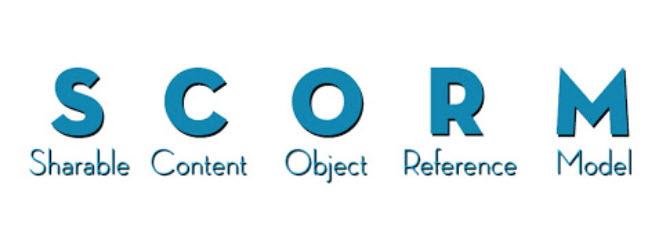
If LMSs are provided by various companies and become disparate standards, the convenience and usability of users will be compromised. Therefore, in the LMS industrySCORMcalledLet's set a standard.It was advocated that
SCORM is a standard for e-learning platforms and content. It is established by the ADL (Advanced Distributed Learning Initiative), a standardization organization affiliated with the U.S. Department of Defense.
The SCORM standard is now the standard, so that even if you are using an LMS from a different provider, the materials will be compatible.
The article about ▼SCORM is explained in detail here.
![An in-depth look at the basics of e-learning, how it works and how to use it! [2020-2021]](https://learningbox.online/wp-content/uploads/2020/11/b84498ad34ce358934c5041fef75a080-120x120.jpg)
![An in-depth look at the basics of e-learning, how it works and how to use it! [2020-2021]](https://learningbox.online/wp-content/uploads/2020/11/b84498ad34ce358934c5041fef75a080-120x120.jpg)
Summary
In this article, we introduced the history of e-learning, the history of e-learning, and the learning management systems that support e-learning.
In the next article, we will introduce how to use e-learning based on the article introduced this time, the merits of introducing e-learning, and how to use e-learning in accordance with your usage scene.
Thank you for your patience with this paper.
- Using gamification in e-learning to make studying fun!
- The new feature "Upgrade in the middle of the contract period" from Ver2.13 will be available for ...
Comment ( 0 )
Trackbacks are closed.



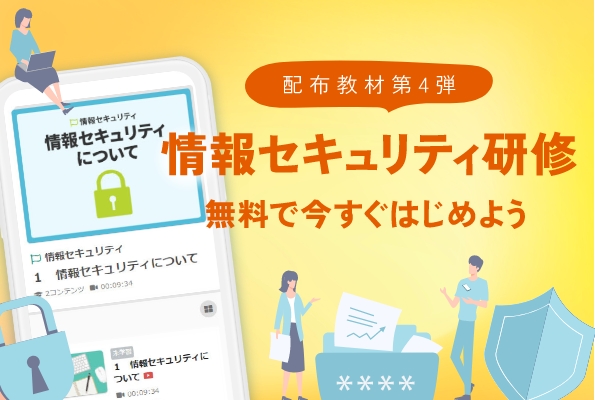
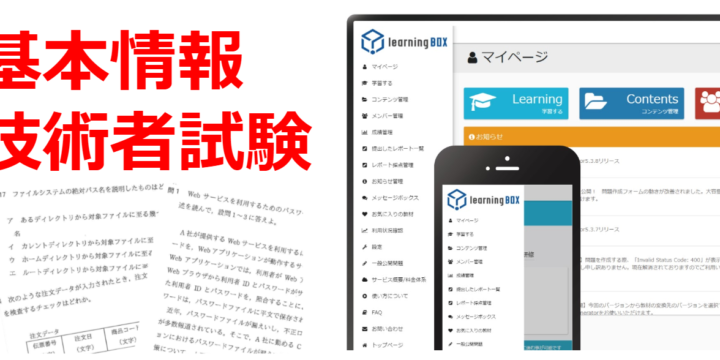
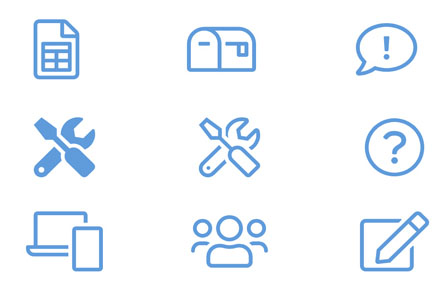


No comments yet.